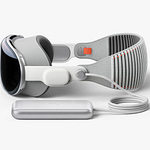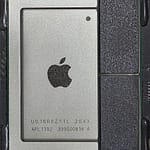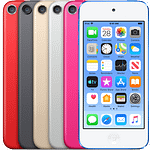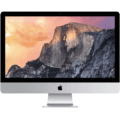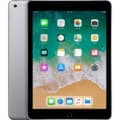- All Apple Devices
- iPod
- Apple iPod Nano 7th Generation
Apple iPod Nano 7th Generation
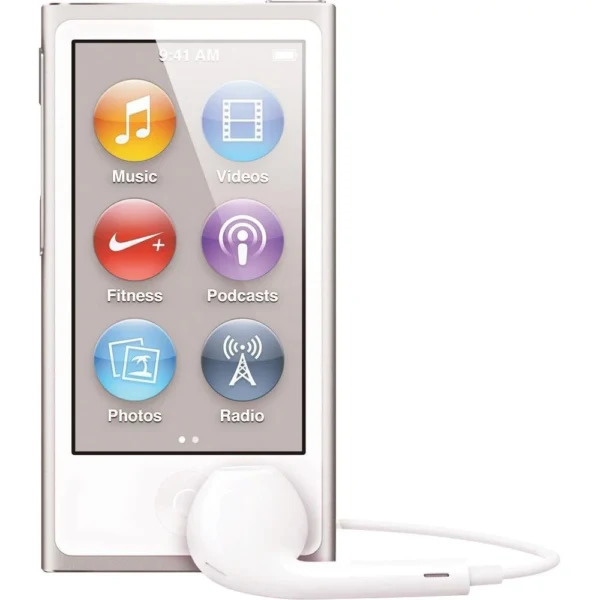

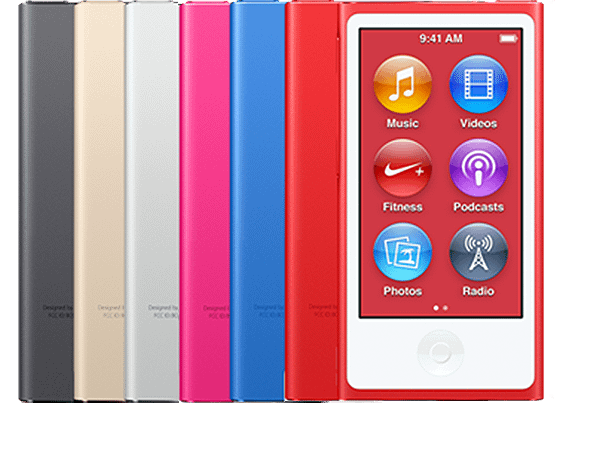
iPod Nano 7th Generation
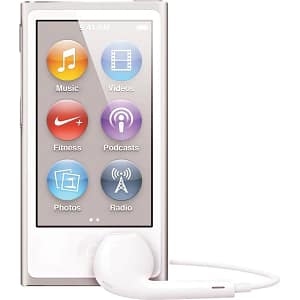
Product Brand: Apple
2.8
Pros
- Small and lightweight design that makes it highly portable
- Large touch screen display for easy navigation
- Built-in Bluetooth for wireless connectivity
- Available in a range of bright and fun colours
- Excellent battery life of up to 30 hours of music playback
Cons
- Limited storage capacity compared to other iPod models
- No support for streaming services like Spotify or Apple Music
- No Wi-Fi connectivity, so you need to connect to a computer to transfer music
- No camera or video recording capabilities
- No support for apps or games
Apple iPod Nano 7th Generation Review and Features
Apple announced the seventh and final generation iPod Nano on September 12, 2012. The (maximum) internal storage capacity has not increased compared to the previous model. Only a single, 16 GB version of the seventh-generation iPod Nano was announced at the product launch.
Apple described it as their “thinnest iPod ever.” It is 38% thinner (5.4 mm) than the Nano it replaces (8.78 mm) and adds the ability to use Bluetooth 4.0 wireless headsets, speakers and other devices (such as heart-rate monitors).
It still included the Nike+iPod fitness option and an FM radio tuner that works when connected to headphones or a stereo jack. On 15 July 2015, Apple refreshed the iPod Nano, offering only five more subdued colours (gold, silver, blue, pink and space grey) compared to the original seven jewel tones, in addition to the (Product) Red model.
On July 27, 2017, Apple discontinued the iPod Nano and the iPod shuffle, making the iPod touch the last model of the iPod line.
The 7th generation featured a 2.5-inch, touch-sensitive 432×240 display at 202 PPI, Bluetooth 4.0 (with support for NIKE+ iPod wireless systems), and a Lightning connector to replace the original 30-pin dock connector. Although its software resembles the iOS user interface, it is not an iOS device.
The current and final version of the iPod software for this device is 1.0.4 for the initial release model and 1.1.2 for the mid-2015 refresh model.
Full Technical Specifications
General Technical Specifications
| Device Type | Portable Media Player |
| Announced | 12 September, 2012 |
| Status | Discontinued |
| Predecessor | iPod Mini |
| Successor | iPod Touch |
| External Buttons and Connectors |
Home Volume Down Play/Pause Volume Up On/Off - Sleep/Wake 3.5 mm headphone jack Lightning connector |
| Generation | 7th |
| Colors | Space Gray, Gold, Silver, Pink, Blue, Red - (PRODUCT)RED |
| System Requirements |
Mac: USB 2 or 3 port, OS X v10.7.5 or later, and iTunes 12.2 or later PC: USB 2 port, Windows 7 or later, and iTunes 12.2 or later Internet access required; broadband recommended; fees may apply |
| Input and Output |
Dock connector 3.5-mm stereo headphone jack |
| iPod's Processor Type | Samsung ARM |
| iPod's Processor Speed | NA |
| RAM | 64 MB |
| iPod's Internal Memory |
16GB |
| Connectivity | USB, Bluetooth 4.0, Nike+ support |
| FM Radio Support |
Yes Regional settings for the Americas, Asia, Australia, Europe, and Japan Live Pause feature for pausing a radio broadcast and rewinding (within a 15-minute buffer) |
| Audio Technology Features |
Audio Playback Frequency response: 20Hz to 20,000Hz Audio formats supported: AAC (8 to 320 Kbps), Protected AAC (from iTunes Store), HE-AAC, MP3 (8 to 320 Kbps), MP3 VBR, Audible (formats 2, 3, 4, Audible Enhanced Audio, AAX, and AAX+), Apple Lossless, AIFF, and WAV Video Format Support H.264 video: 720 by 576 pixels, 30 frames per second; Baseline, Main, and High-Profile level 3.0 with AAC-LC audio up to 256 Kbps; 48kHz; stereo audio in .m4v, .mp4, and .mov file formats MPEG-4 video: up to 2.5 Mbps, 720 by 576 pixels, 30 frames per second; Simple Profile with AAC-LC audio up to 256 Kbps; 48kHz; stereo audio in .m4v, .mp4, and .mov file formats |
| Headphone Type | 3.5mm Audio jack |
| Display Info |
2.5-inch (diagonal) widescreen Multi-Touch display 240-by-432-pixel resolution at 202 pixels per inch |
| Dimensions |
Height: 3.01 inch (76.5 mm) Width: 1.56 inch (39.6 mm) Depth: 0.21 inch (5.4 mm) Volume: 0.95 cu. inch (15,537 cu. mm) |
| Weight | Weight: 1.1 ounces (31 grams) |
| Camera | No |
| Sensors Sensors are electronic components that detects and responds to some type of input from the physical environment. The specific input could be light, heat, motion, moisture, pressure and location, The output is generally a signal that is converted to use in computing systems, a location sensor, such as a GPS receiver is able to detect current location of your electronic device. | Accelerometer |
| SIM SIM (Subscriber Identity Module) is a small card that contains mobile network subscriber's account information. This allows the phone using the card to attach to a mobile network. The SIM card is most commonly associated with GSM and UMTS mobile networks. Moving a SIM card from one phone to another allows a subscriber to switch mobile phones without having to contact their mobile network carrier. SIM cards can also be used by a phone to store limited amounts of data, such as phone numbers and text messages. | No SIM |
| Battery |
Built-in rechargeable lithium-ion battery Music playback time: Up to 30 hours Video playback time: Up to 3.5 hours Charging via USB to computer system or power adapter (sold separately) |
| Navigation | Multitouch screen |
Disclaimer Note
We can not guarantee that the information on this page is 101% correct.

